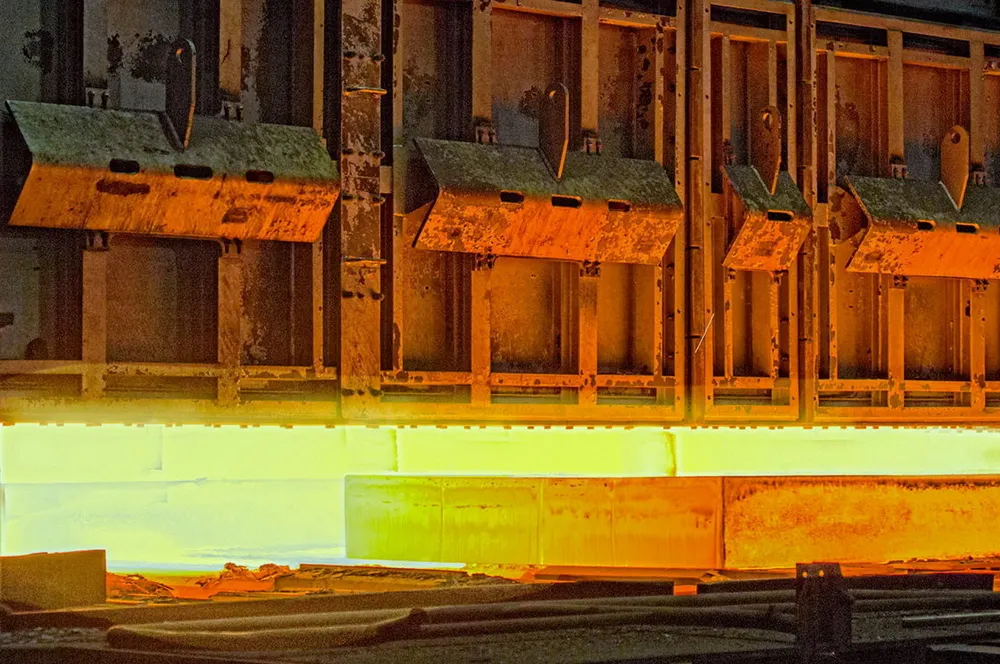German steel producer unveils tender for 50,000 tonnes of locally-made green hydrogen
Stahl-Holding-Saar plans renewable H2 supply around Franco-German MosaHYc pipeline

Stahl-Holding-Saar plans renewable H2 supply around Franco-German MosaHYc pipeline
